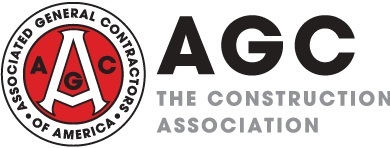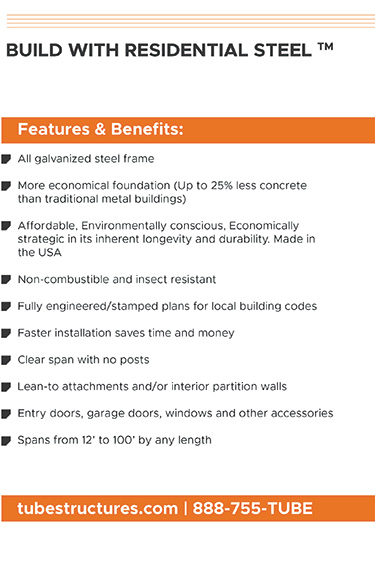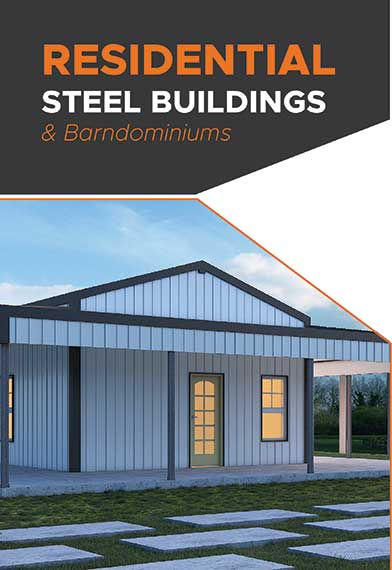Construction employment increases in February, AGC analyzes
- September 13, 2020
- Posted by: Alan Hageman
- Category: News

Nonfarm payroll employment in February increased by 273,000, seasonally adjusted, from January and by 2,409,000 (1.6%) year-over-year from February 2019, the U.S. Bureau of Labor Statistics (BLS) reported, and Associated General Contractors of America (AGC) analyzed in its newsletter March 6. The unemployment rate dipped to 3.5% from January’s level of 3.6%. Construction employment in February totaled 7,646,000, an increase of 42,000 for the month and 223,000 (3%) over 12 months, following an upwardly revised gain of 49,000 in January. The total was the highest since July 2007.
The two-month increase was the largest in nearly two years but may have been aided by unseasonably mild winter weather in both months. Average hourly earnings in construction rose 3% year-over-year to $31.35, 9.9% above the average for all private-sector employees ($28.52, also a 3% year-over-year increase). The unemployment rate in construction, not seasonally adjusted, declined from 6.2% in February 2019 to 5.5%, and the number of unemployed job seekers with construction experience fell from 588,000 to 531,000, the lowest February levels in the 21-year history of both series. Not-seasonally-adjusted levels vary with normal weather and holiday patterns and thus may not accurately show month-to-month economic trends.
Construction spending totaled $1.369 trillion at a seasonally adjusted annual rate in January, a jump of 1.8% from the upwardly revised December rate and 6.8% year-over-year from January 2019, the U.S. Census Bureau reported. Private residential spending increased 2.1% for the month and 9% year-over-year. New single-family construction climbed for the sixth consecutive month, by 2.8% from December to January and 9.6% year-over-year. New multifamily construction was flat for the month and down 8.3% year-over-year. Residential improvements rose 1.5% for the month and 14% year-over-year. Private nonresidential spending increased 0.8% from December and 0.5% year-over-year. Of the four largest components, power gained 5.7% year-over-year (comprising electric power, up 11%, and oil and gas pipelines and field structures, down 10%); commercial, -4% (comprising retail, -6.3%, and warehouse, 13%); manufacturing, 5%; and office, 0.4%. Public construction soared 2.6% for the month and 13% year-over-year, with double-digit year-over-year gains in most segments. The three largest public segments all had year-over-year increases: highway and street construction, 12%; education construction, 4.1%; and transportation (air, transit, rail and port) construction, 11%. Some of the large increases may have resulted from unseasonably mild winter weather that permitted more construction in January than is typical, AGC stated.
The COVID-19 outbreak has not produced any reported effects on U.S. construction so far, according to AGC. Impacts are likely to be diverse. For instance, the drop in the 10-year U.S. Treasury-note rate to a record low of under 1% as of March 5 is likely to bring mortgage rates down to new lows as well, enabling more households to buy homes, and stimulating home building and improvements. State and local governments may be able to issue bonds for construction at lower interest cost, although some jurisdictions may find their creditworthiness is damaged by falling tax receipts and higher expenses to cope with the outbreak. Unbudgeted emergency spending and revenue declines may force both public and private owners to postpone construction spending.


